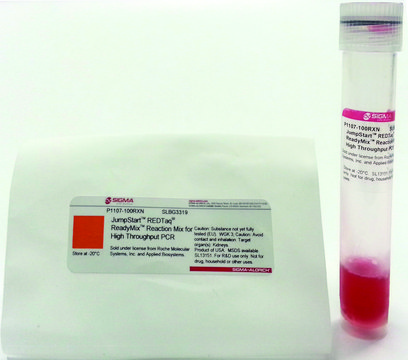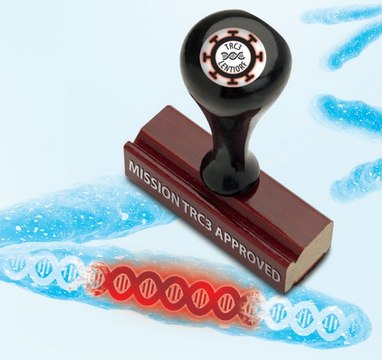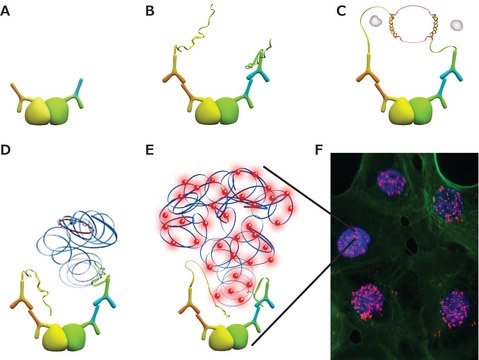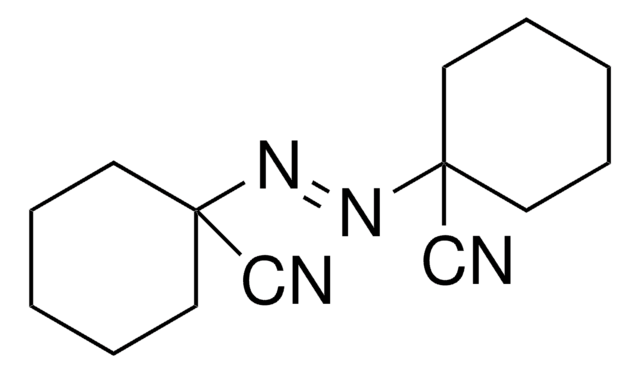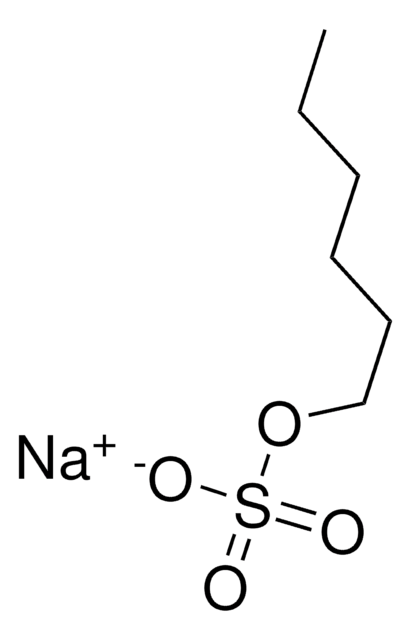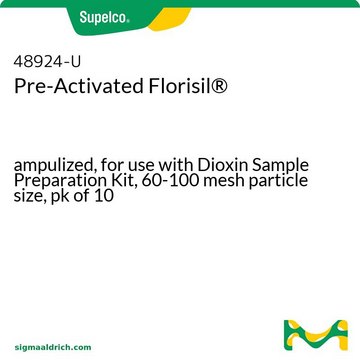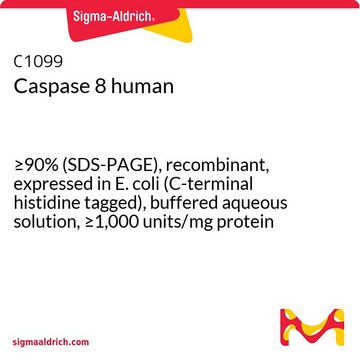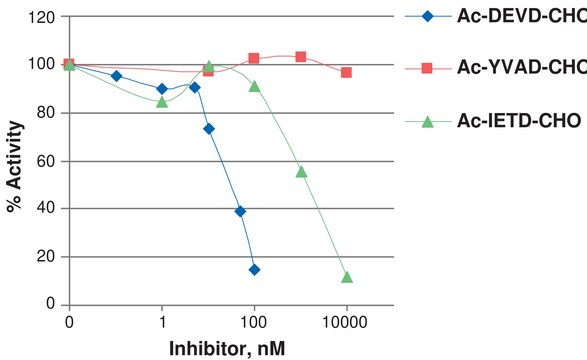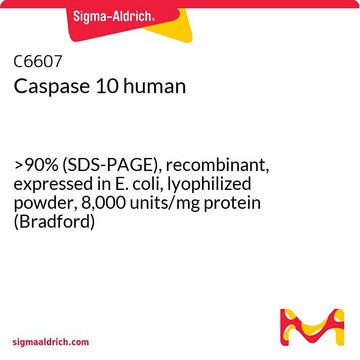OGS286
PSF-CMV-FMDV-RLUC - FMDV IRES RENILLA LUCIFERASE VECTOR
plasmid vector for molecular cloning
别名:
cloning vector, expression vector, molecular cloning vector, plasmid, plasmid vector, snapfast vector, vector
选择尺寸
¥3,875.92
预计发货时间2025年7月31日详情
选择尺寸
About This Item
¥3,875.92
预计发货时间2025年7月31日详情
推荐产品
表单
buffered aqueous solution
分子量
size 5650 bp
菌种筛选
kanamycin
复制起点
pUC (500 copies)
肽切割
no cleavage
启动子
Promoter name: CMV
Promoter activity: constitutive
Promoter type: mammalian
报告基因
Renilla luciferase
运输
ambient
储存温度
−20°C
1 of 4
此商品 | C8726 | C1224 | C6607 |
|---|---|---|---|
| assay ≥90% (SDS-PAGE) | assay ≥90% (SDS-PAGE) | assay ≥90% (SDS-PAGE) | assay >90% (SDS-PAGE) |
| recombinant expressed in E. coli (C-terminal histidine tagged) | recombinant expressed in E. coli (C-terminal histidine-tagged) | recombinant expressed in E. coli (C-terminal histidine-tagged) | recombinant expressed in E. coli |
| Quality Level 200 | Quality Level 200 | Quality Level 200 | Quality Level 200 |
| form buffered aqueous solution | form buffered aqueous solution | form buffered aqueous glycerol solution | form lyophilized powder |
| Gene Information human ... CASP8(841) | Gene Information human ... CASP9(842) | Gene Information human ... CASP3(836) | Gene Information human ... CASP10(843) |
| shipped in dry ice | shipped in dry ice | shipped in dry ice | shipped in dry ice |
一般描述
Promoter Expression Level: PSF-CMV-FMDV-RLUC - FMDV IRES Renilla luciferase vector contains the mammalian CMV promoter to drive gene expression. We have tested all of our mammalian promoters in a range of cell types and CMV is consistently the strongest in those we have studied. However there are many reports of the CMV promoter demonstrating silencing by methylation in long-term culture.
应用
Multiple cloning site notes: There are a few important sites within the MCS. These include the NcoI site the XbaI site and the BsgI and BseRI sites. The NcoI site contains a start codon that is immediately downstream of both a Kozak and Shine-Dalgarno ribosomal binding site. These allow for optimal positioning of genes when the start codon is placed in this location.
The XbaI site contains a stop codon. This stop codon is positioned in a specific position in relation to the BsgI and BseRI sites that are immediately downstream. When either BseRI or BsgI cleave the plasmid they produce a TA overhang from the stop codon in the XbaI site that is compatible with all of our peptide tag plasmids cut with the same sites. BseRI and BsgI sites are non-palindromic and cleave a defined number of bases away from their binding site.
Whenever we clone a gene into our multiple cloning site we always position the start and stop codon in the same positions in the MCS. If the start and ends of the genes are not compatible with NcoI and XbaI we extend the sequence to the nearest external sites but keep the start and stop codons locations consistent.
序列
分析说明
相关产品
储存分类代码
12 - Non Combustible Liquids
闪点(°F)
Not applicable
闪点(°C)
Not applicable
法规信息
我们的科学家团队拥有各种研究领域经验,包括生命科学、材料科学、化学合成、色谱、分析及许多其他领域.
联系客户支持